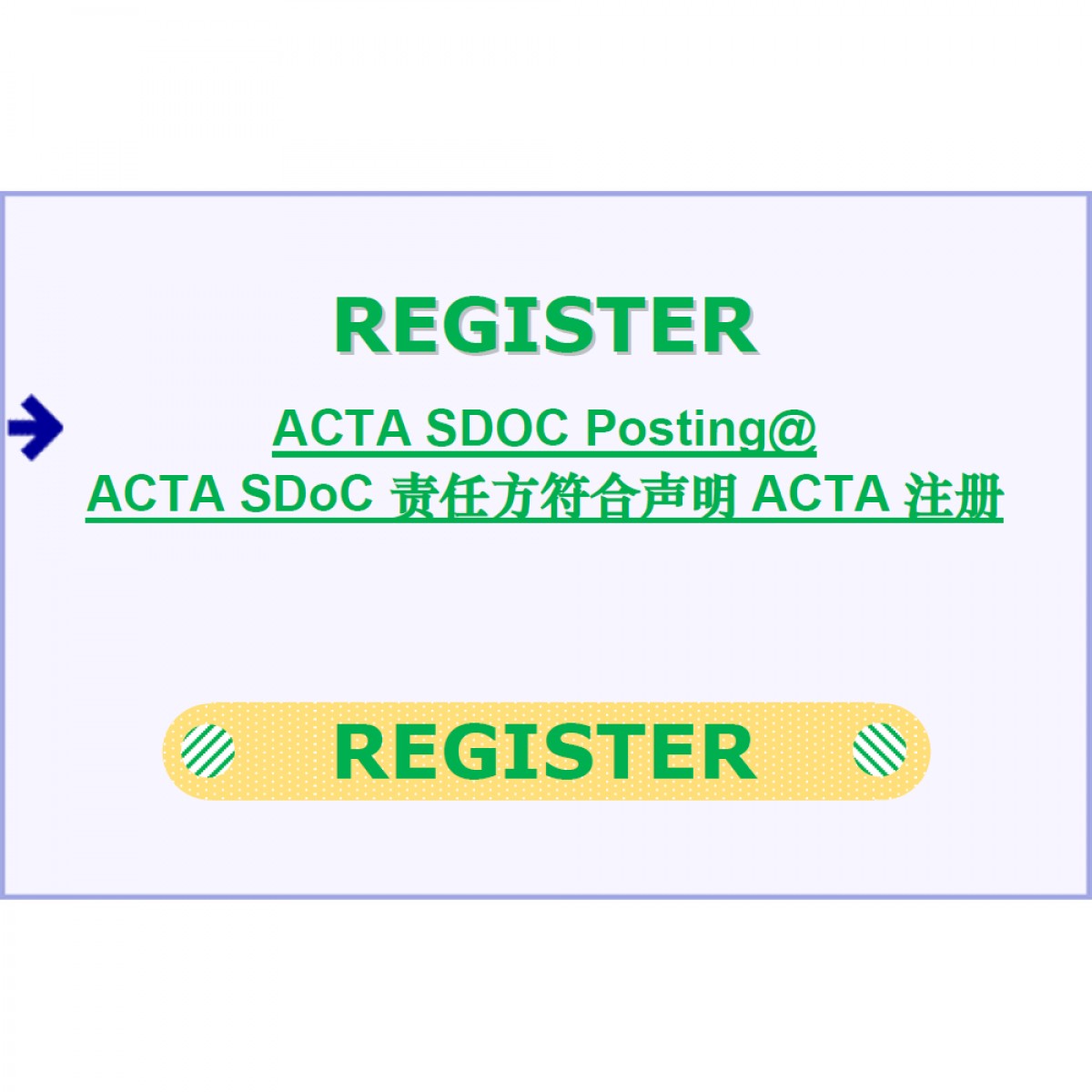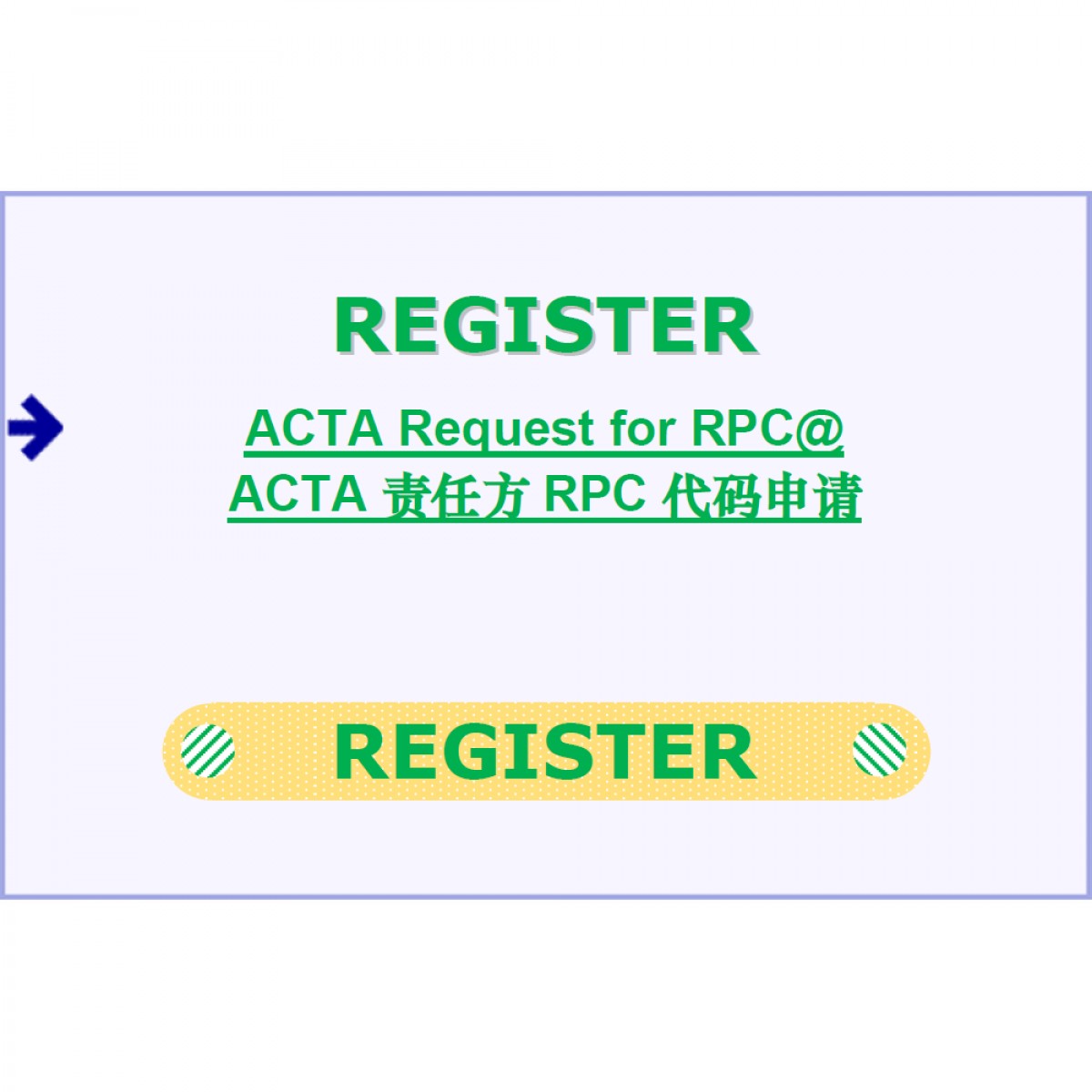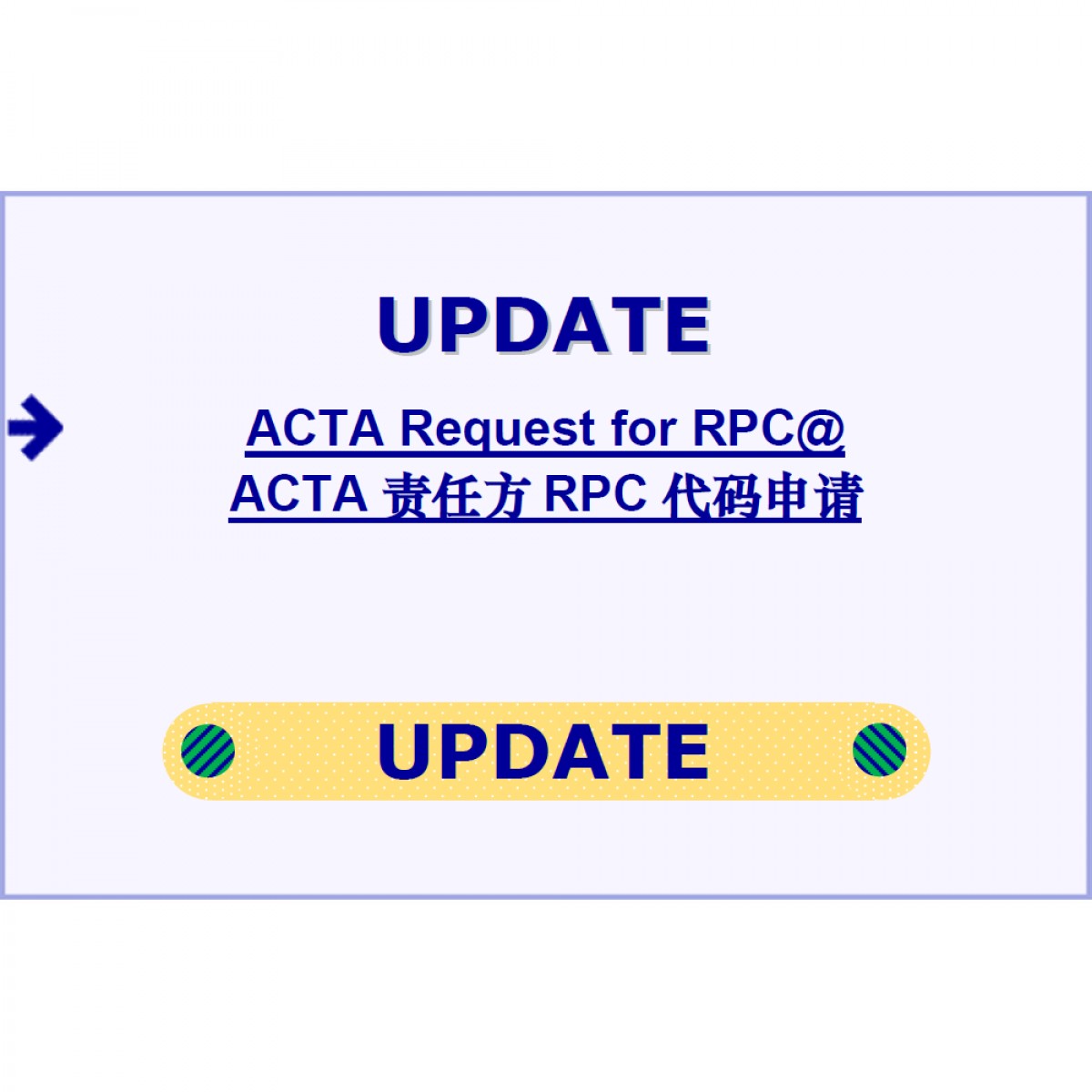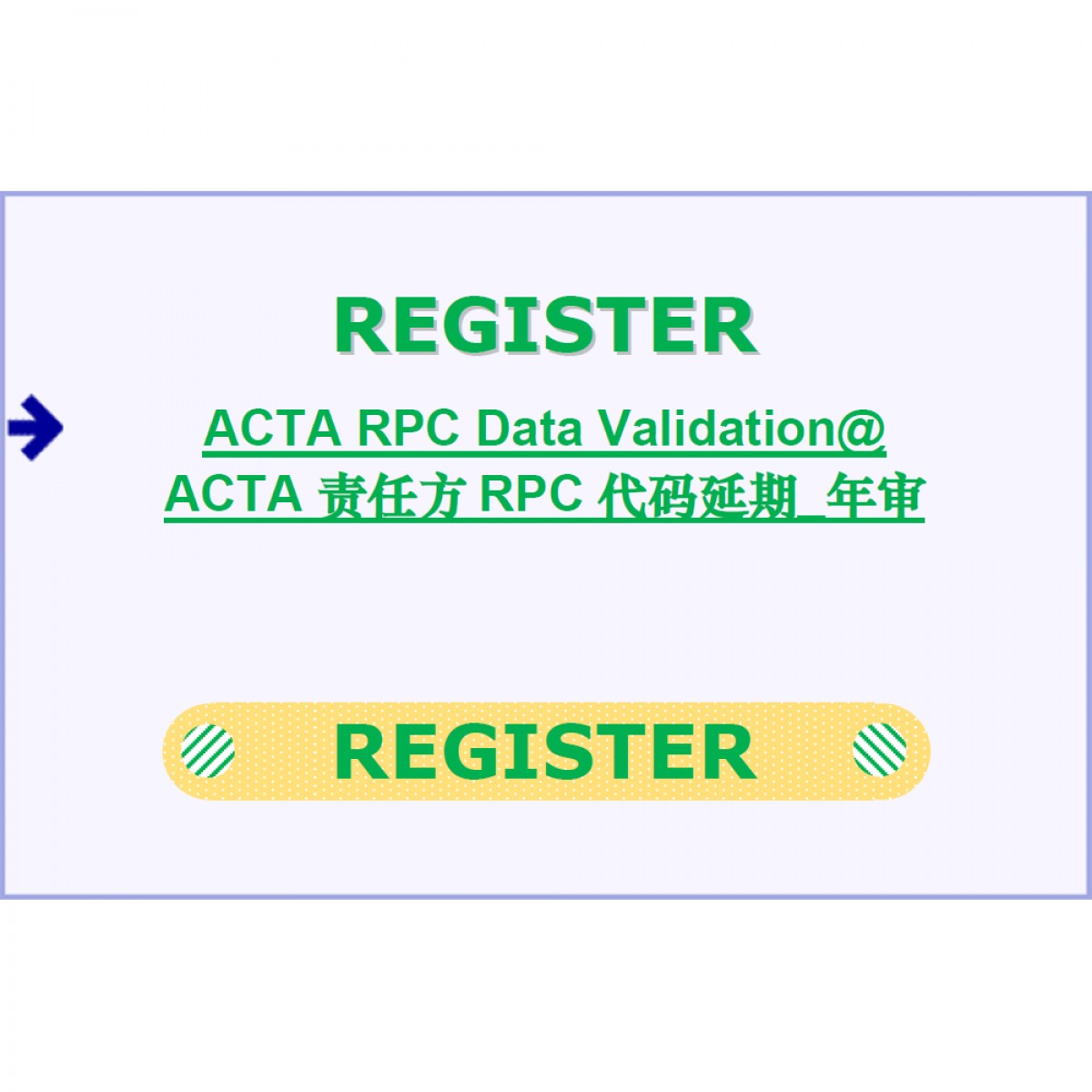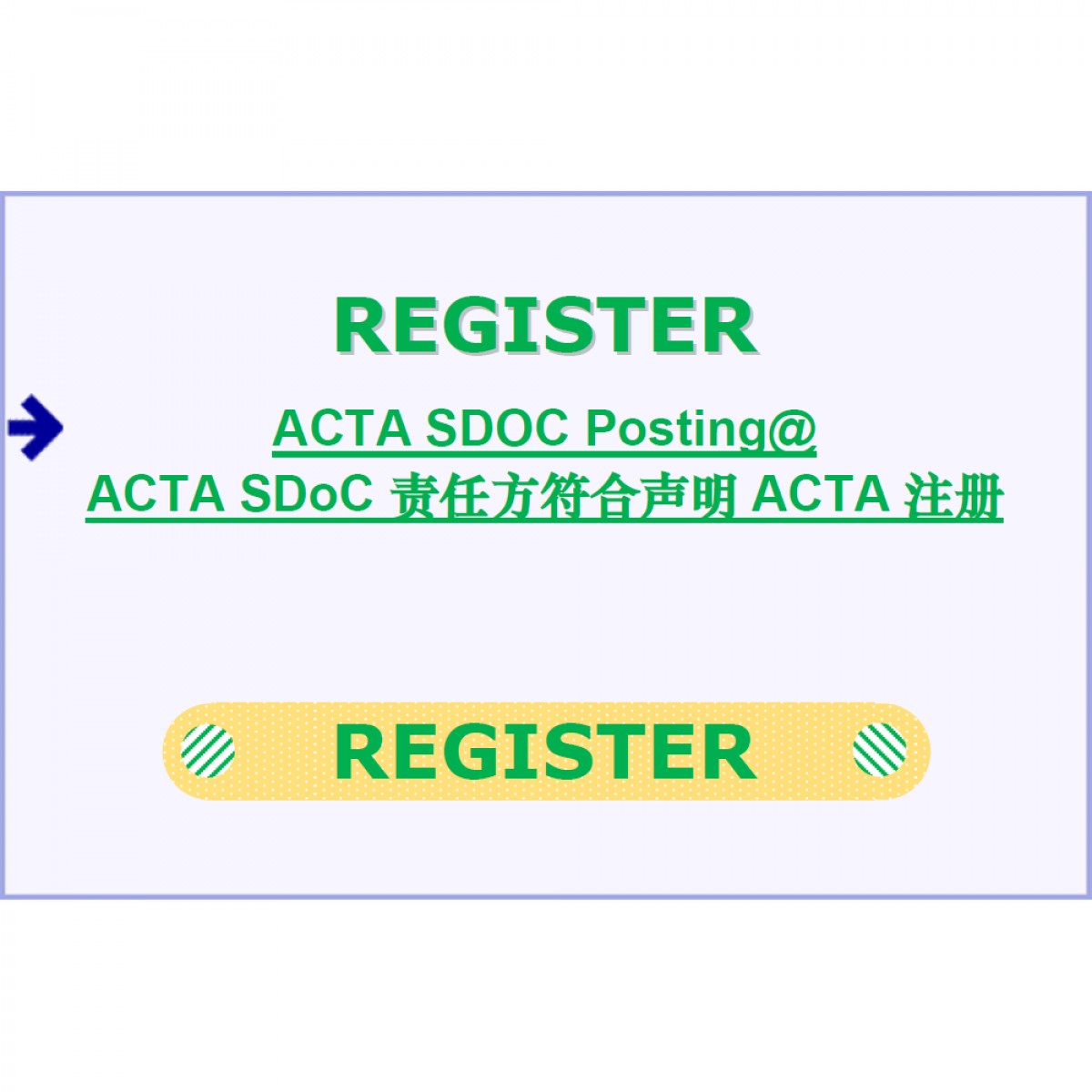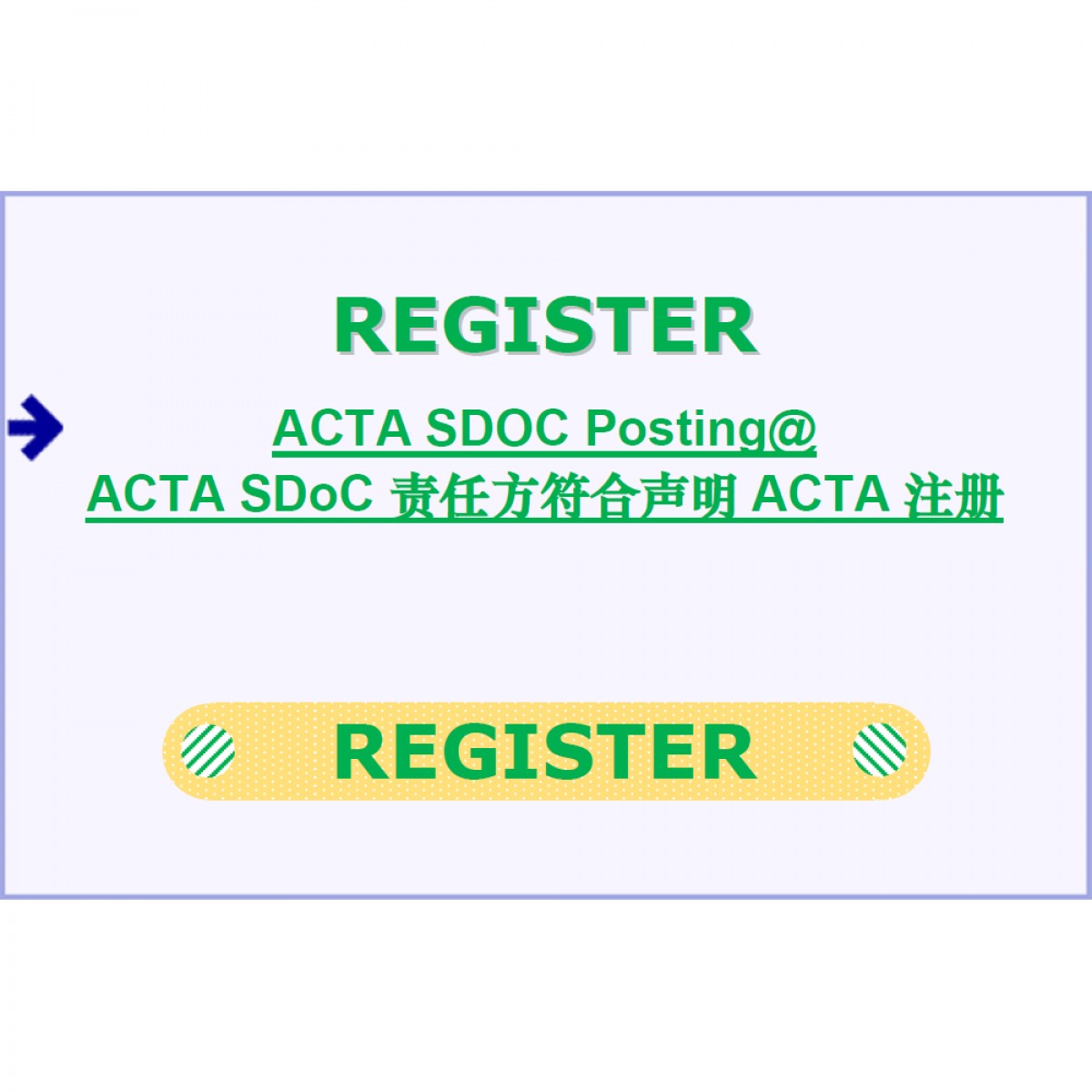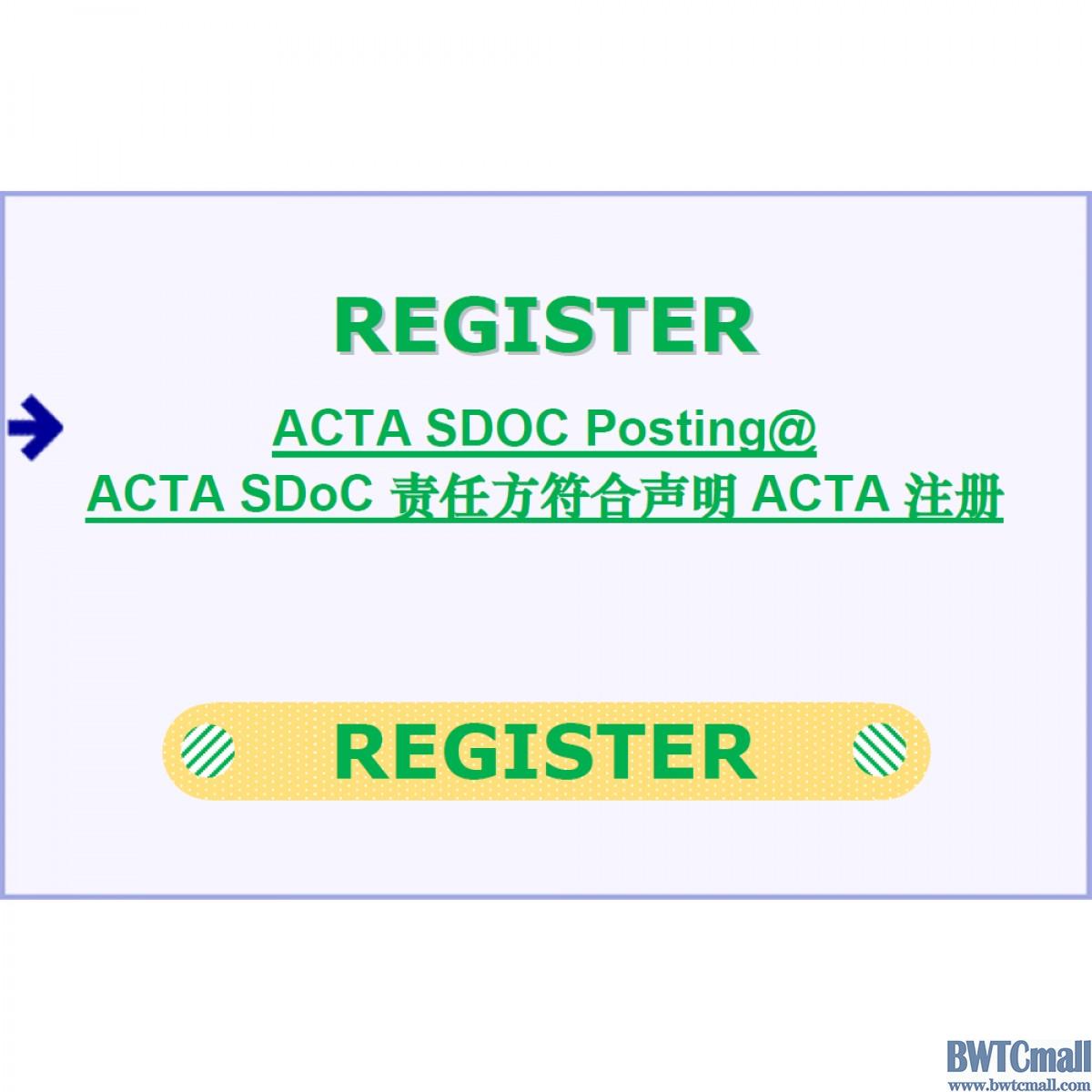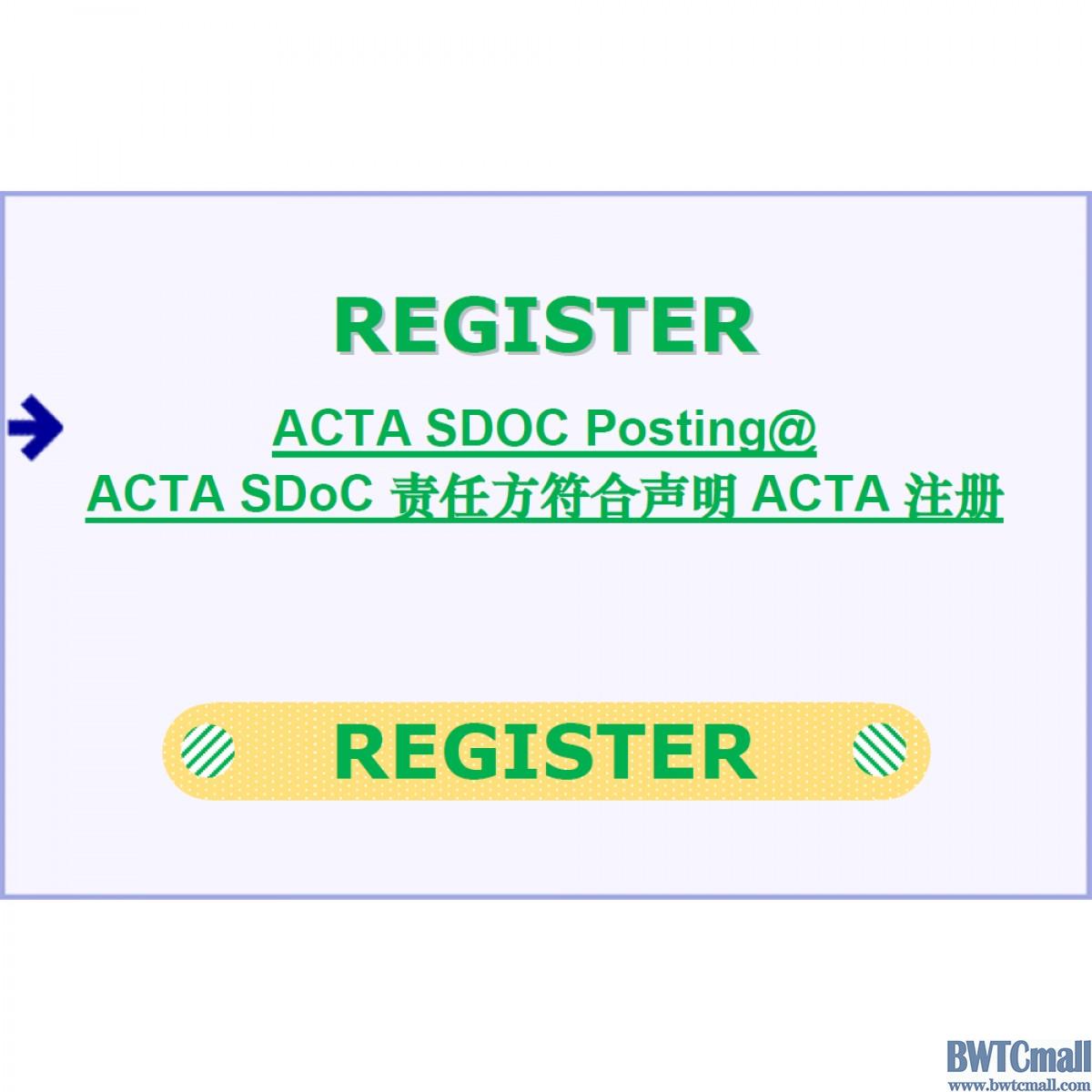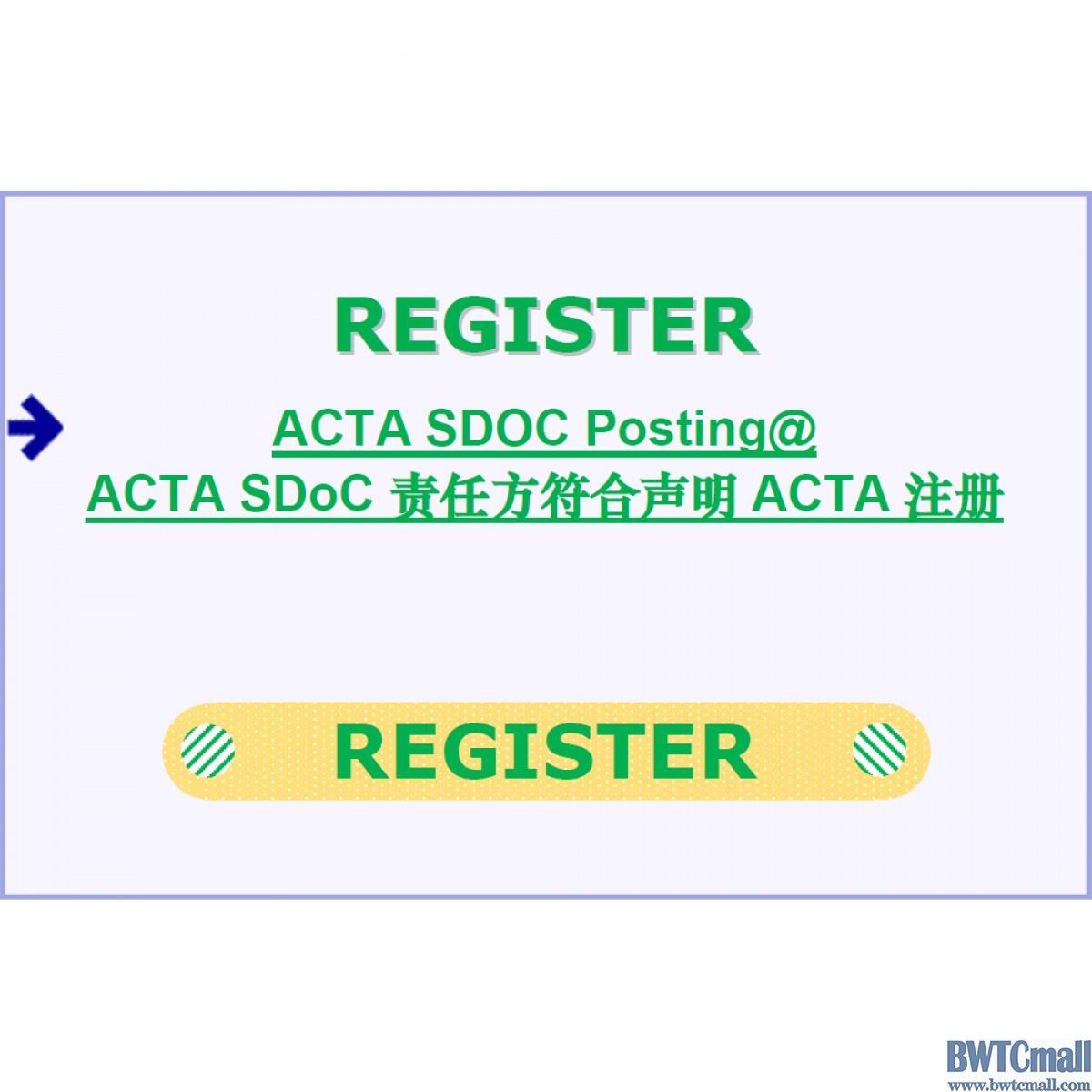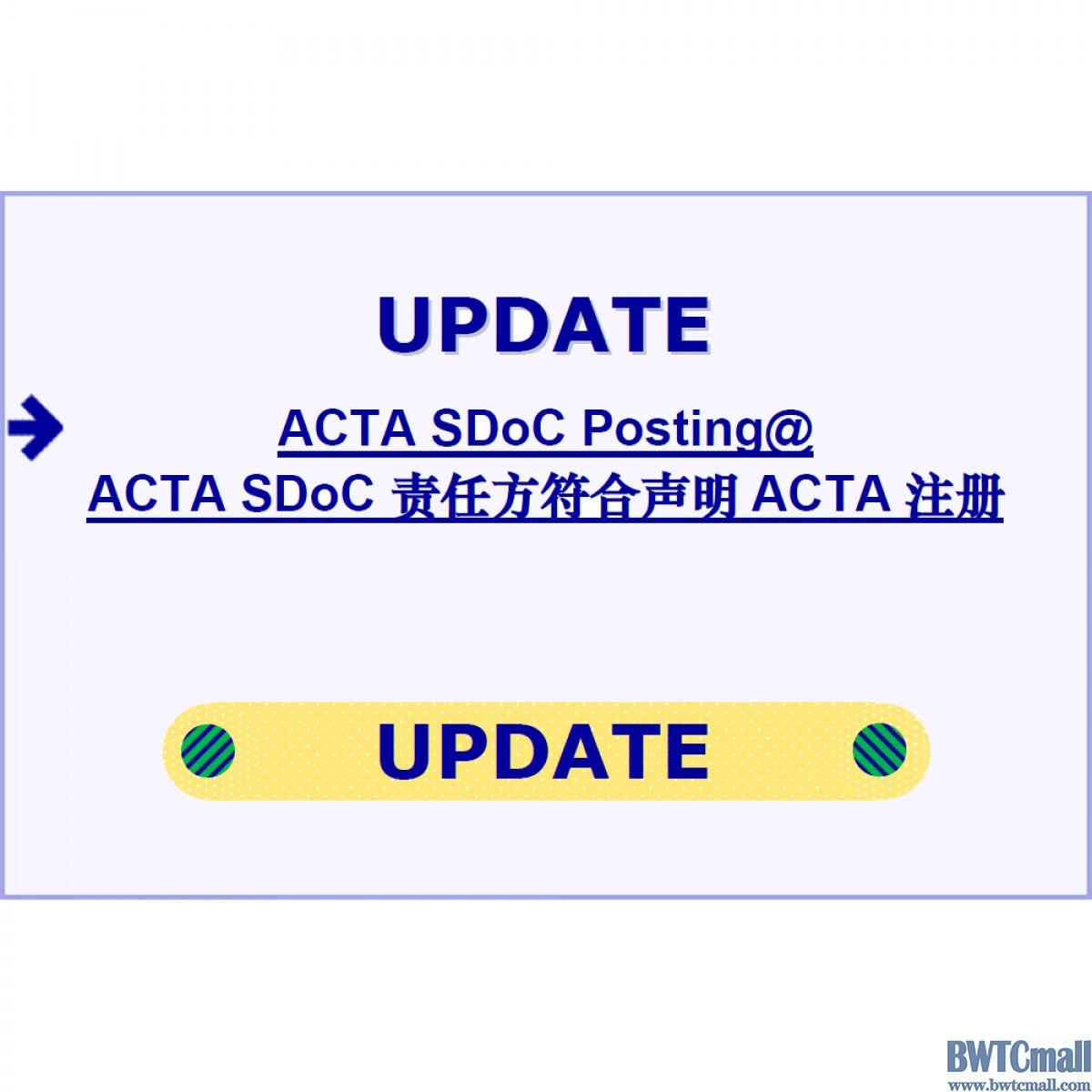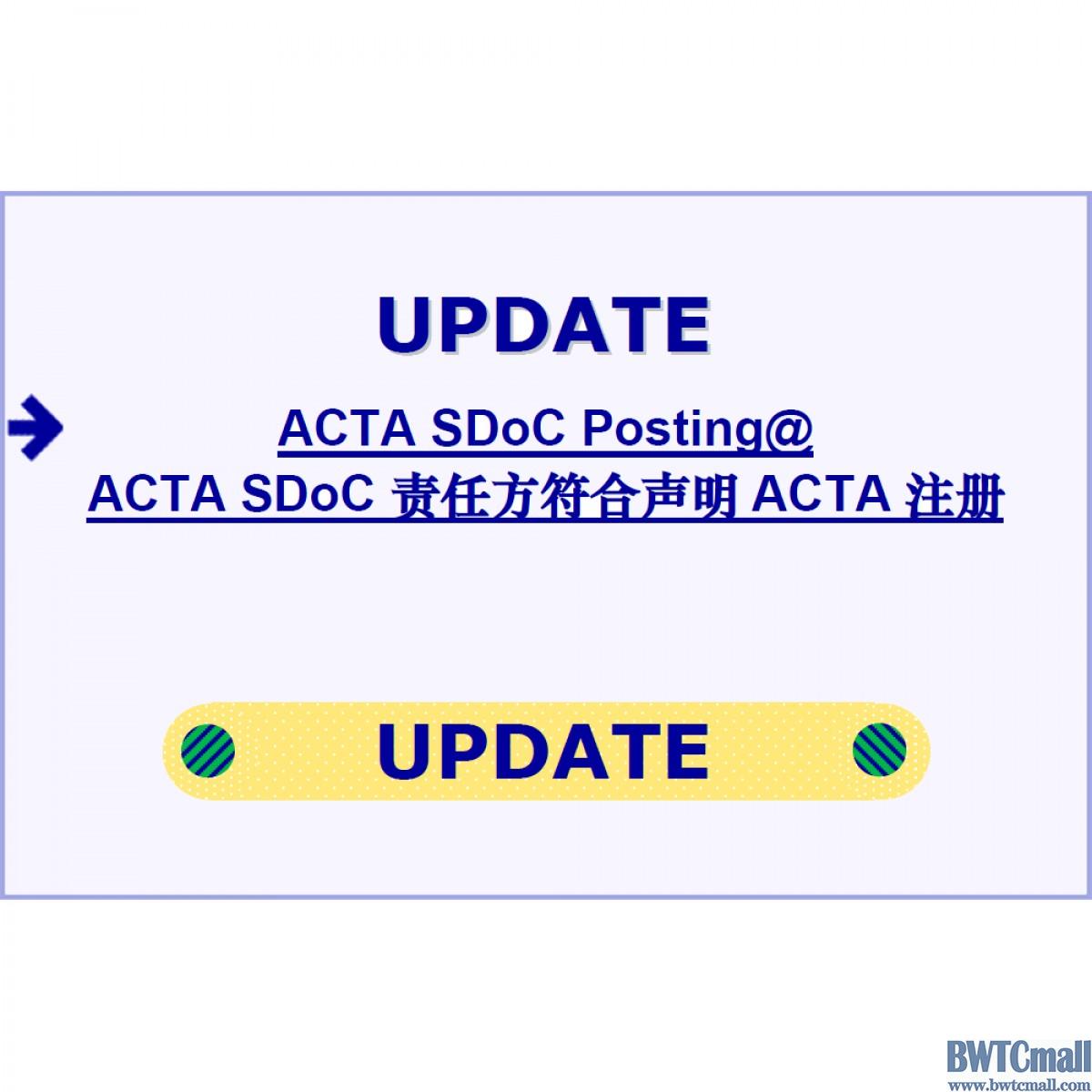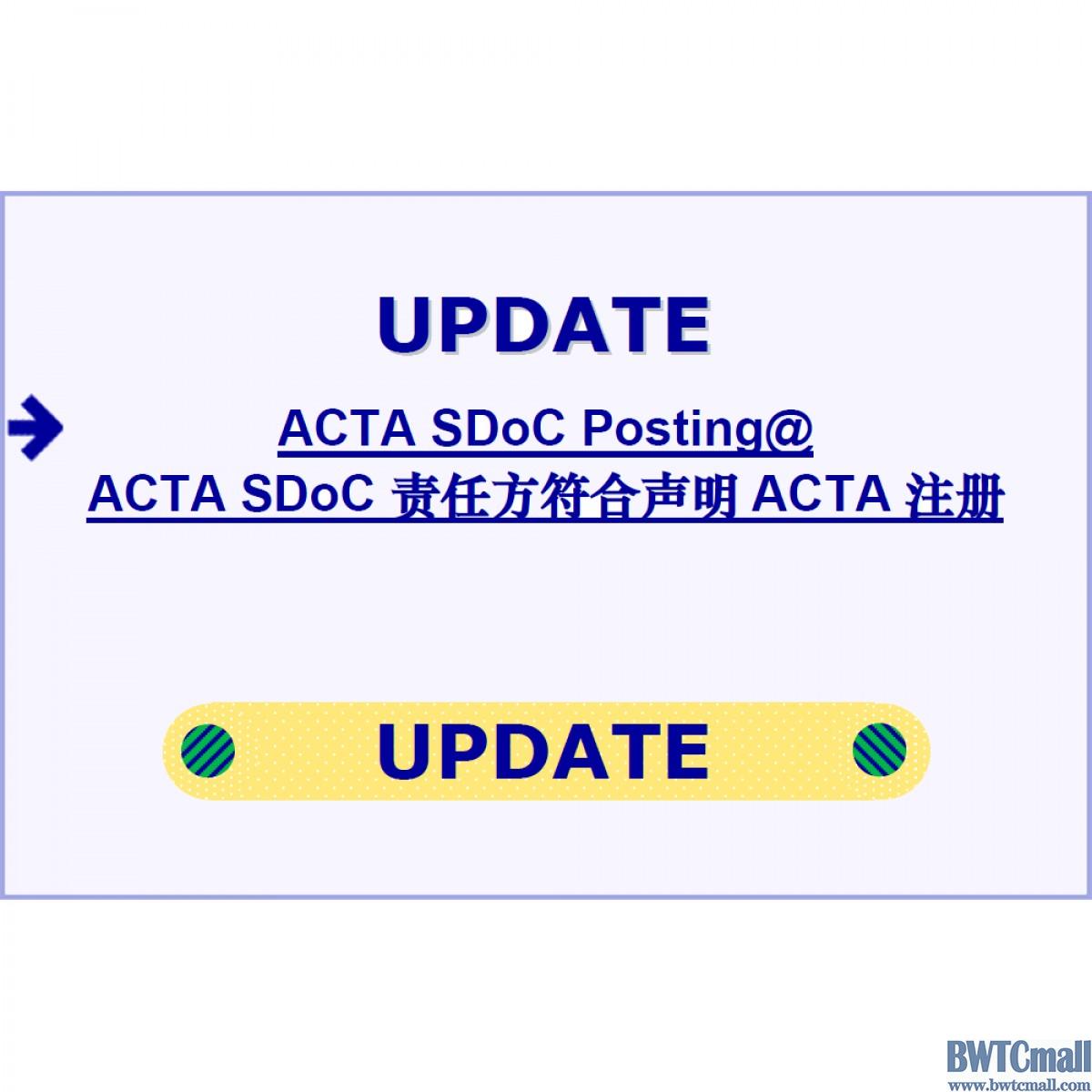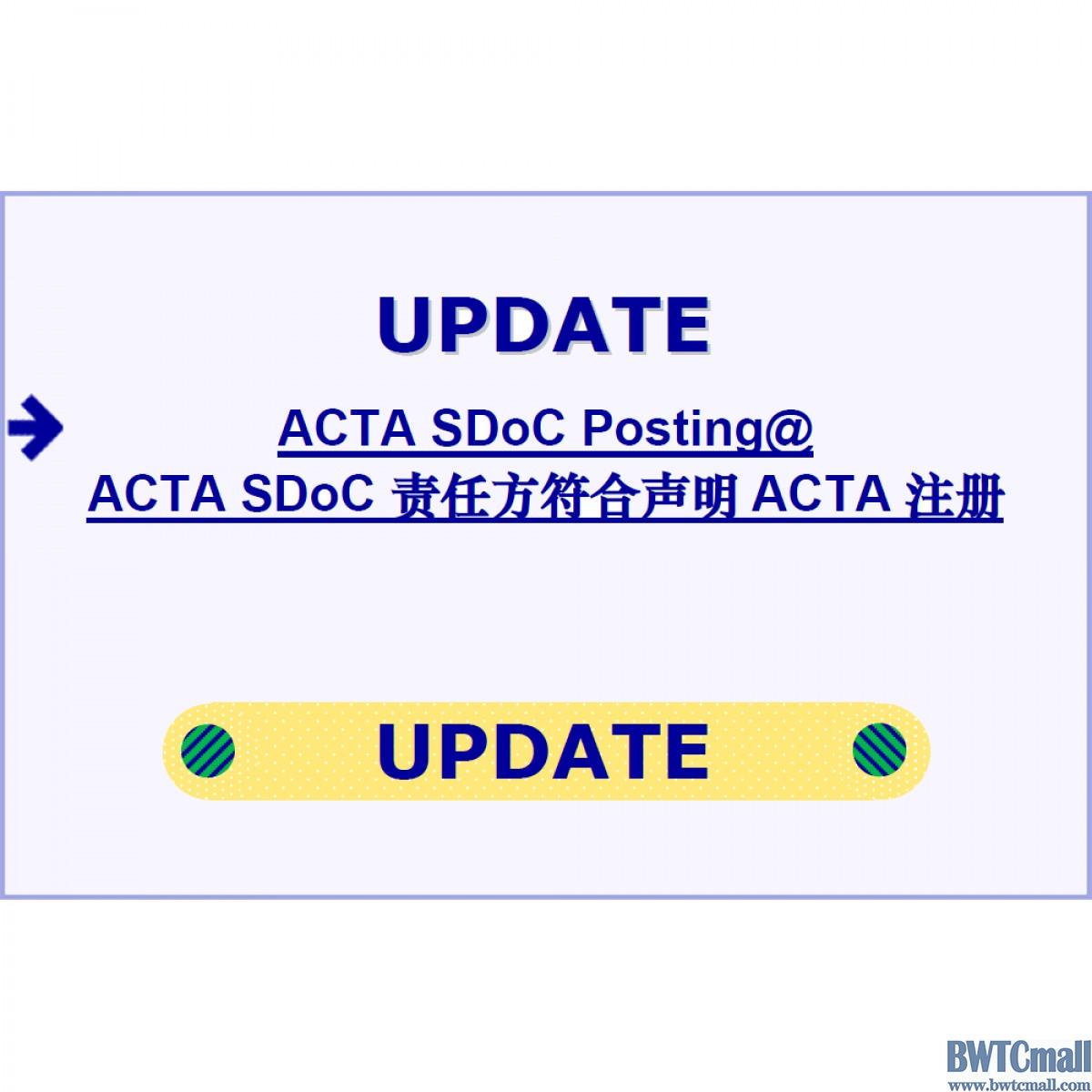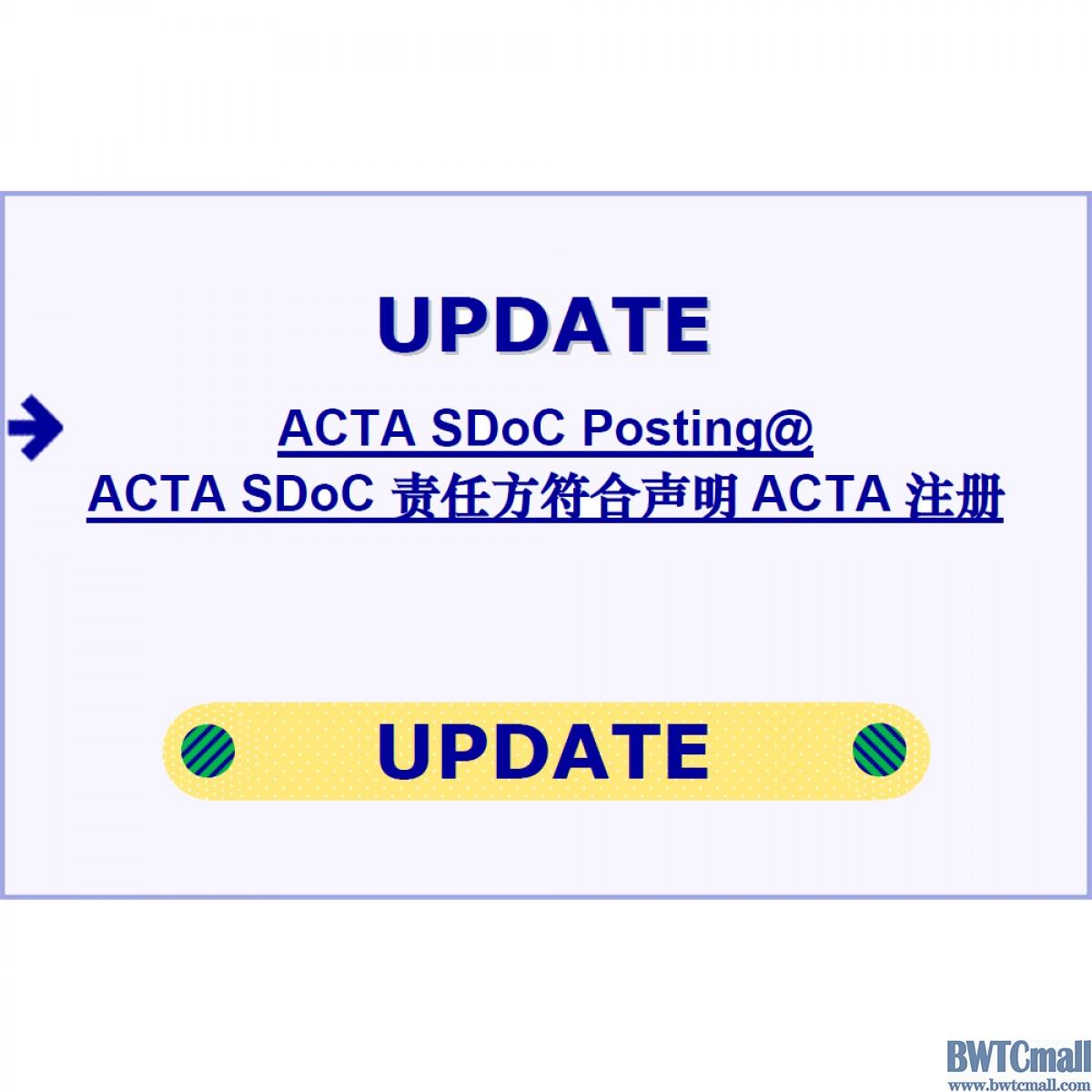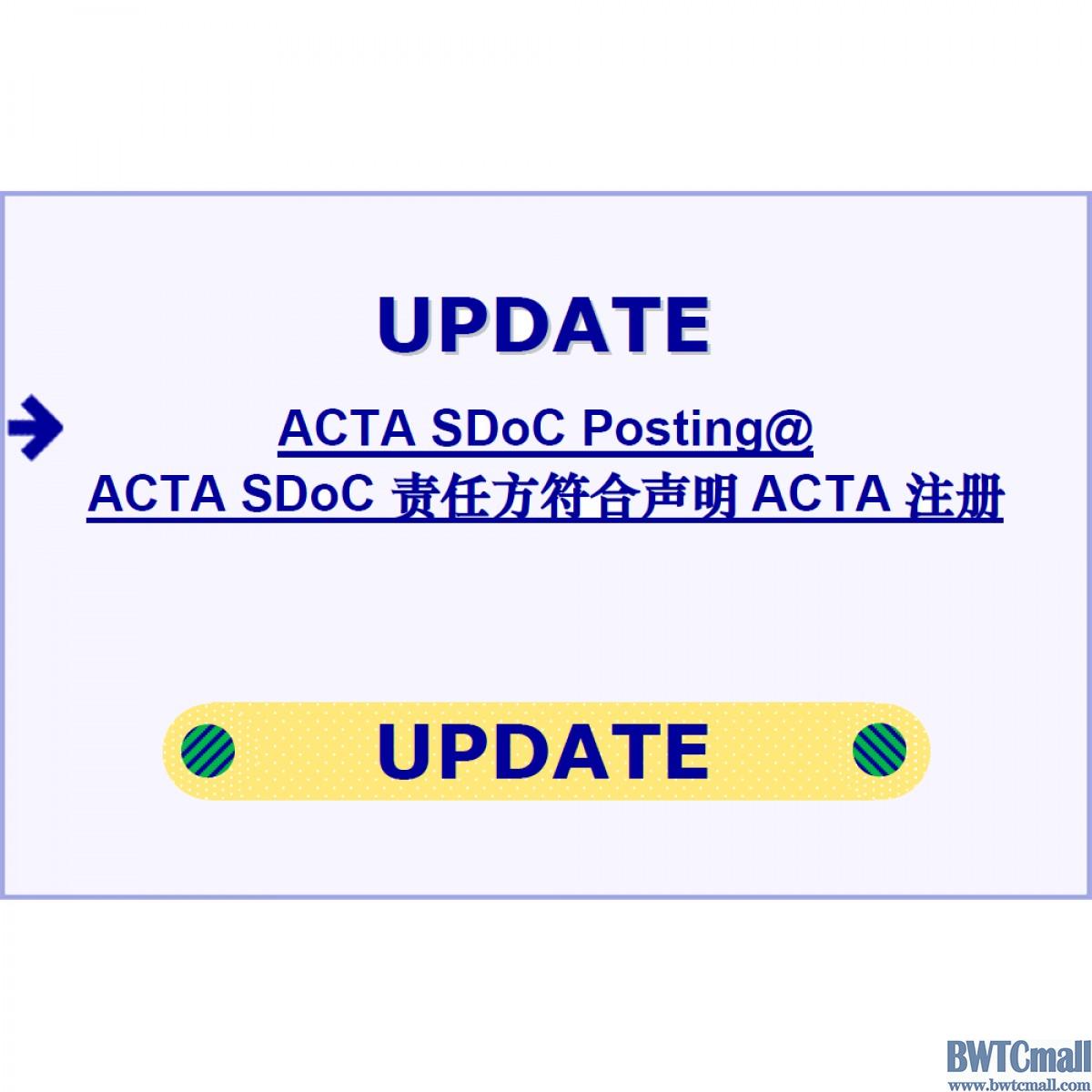USA FCC Part 68 FAQ
Part 68 Frequently Asked Questions are provided below for general guidance only. Terminal Equipment suppliers, carriers and other interested parties should, in every case, consult 47 C.F.R. Part 68 concerning the rules regarding connection of Terminal Equipment to the PSTN and to carrier-owned facilities used to provide private line services.
PART 68 FREQUENTLY ASKED QUESTIONS
1. What is FCC Part 68?
Part 68 of the FCC rules (47 C.F.R. Part 68) governs the connection of Terminal Equipment (TE) to the Public Switched Telephone Network (PSTN). Also covered by Part 68 are TE that are connected to wireline facilities owned by wireline telecommunications providers and used to provide private line services. (See 47 C.F.R. § 68.100.) Under Part 68, wireline telecommunications carriers must allow all TE to be connected directly to their networks, provided the TE meet certain technical criteria for preventing four proscribed harms. These harms are electrical hazards to operating company personnel, damage to network equipment, malfunction of billing equipment, and degradation of service to customers other than the user of the TE and that person’s calling and called parties. (Terminal Equipment that do not meet these technical criteria may be connected indirectly to wireline carrier networks via protective circuitry, provided the protective circuitry meets the criteria. See 47 C.F.R § 68.102). Part 68 rules establish processes to identify, publish, and update these technical criteria, and also to approve TE for attachment to the network. The rules also provide for the development and maintenance of a publicly accessible database of approved TE and for labeling TE that have been shown to comply with the technical criteria. All approved TE are required to be listed in the database and to be properly labeled.
2. Does Part 68 contain any other types of rules?
In addition to rules concerning attachment of TE to wireline carrier networks, Part 68 also contains provisions to protect consumers and to allow them to access competitive services. These include, for example, rules concerning Hearing Aid Compatibility and Volume Control (HAC/VC) for telephones, dialing frequency for automated dialing machines, source identification for fax transmissions, and technical criteria for inside wiring.
3. What kinds of TE must comply with Part 68 rules governing connection to the network?
Part 68 rules apply to all TE that are connected to the PSTN or to wireline facilities owned by wireline telecommunications providers and used to provide private line services, including TE manufactured domestically and abroad. Some examples of TE are telephones, computer modems, facsimile machines, automatic dialers, ADSL modems, automated teller machines and specialized equipment for individuals with disabilities, as well as PBXs, local area network communications gateways, and other centrally located equipment at which communications circuits are terminated. Wireline telecommunications carriers must allow TE that is Part 68- compliant to be connected directly to their networks on the customer side of the demarcation point. TE is not required to comply with Part 68 technical requirements, but TE that is not Part 68-approved is not freely connectable directly to wireline carrier networks and thus has limited marketability. The U.S. Customs Service also limits the importation of TE that is not Part 68 approved. (See 19 U.S.C. § 3109.)
4. The FCC recently transferred responsibility for certain technical and administrative functions described in Part 68 rules to private industry. Which processes have been “privatized”?
The FCC adopted Part 68 rules to privatize both the TE technical criteria development process and the TE approval process. The FCC transferred responsibility for development of TE technical criteria to standards bodies accredited under the organization and standards committee methods of the American National Standards Institute (ANSI). TE technical criteria developed under the privatized process are limited to those that prevent the four proscribed harms. In addition, the FCC created the Administrative Council for Terminal Attachments (ACTA) under the joint sponsorship of the Alliance for Telecommunications Industry Solutions (ATIS) and the Telecommunications Industry Association (TIA). The ACTA’s primary responsibilities are to publicize draft criteria for industry review and to publish the final criteria after the review period has closed. The ACTA also became responsible for maintaining a publicly accessible database of all approved TE and for establishing a labeling system for use on TE. Privatization of the TE approval process, in which suppliers demonstrate their products’ conformance to FCC Part 68 rules and applicable technical criteria in ACTA-published standards, has resulted in two options for obtaining TE approval. These options are described in FAQ 6.
5. Has the ACTA published any standards containing technical criteria TE must meet to be approved for connection to the network?
Yes. The ACTA has published TE technical criteria that were formerly in FCC Part 68 rules and has also published new criteria for TE. Technical criteria published by the ACTA are considered to be presumptively valid, i.e., if a manufacturer’s product satisfies the criteria, a carrier must permit attachment unless the carrier can demonstrate one or more proscribed harms. Carriers can disconnect customers using TE that are not compliant.
6. What methods may be used to appeal an ACTA-published standard?
An ACTA-published standard may be appealed to the standards body that created it, to ANSI (on questions of ANSI procedure only) or to the FCC. If an ACTA-published standard is appealed to the FCC, the FCC will conduct a de novo review, and rule on technical merit.
7. As a supplier of TE, how do I obtain TE approval?
The FCC permitted TE suppliers who provide Terminal Equipment for connection to the PSTN, or to wireline carrier-owned facilities used to provide private line services, and who are “responsible parties” as defined by 47 C.F.R. § 68.3, to obtain TE approval in two ways. Suppliers can obtain certification from private Telecommunications Certification Bodies (TCBs). Alternatively, suppliers may declare their own TE to conform to applicable technical criteria using the Suppliers Declaration of Conformity (SDoC), as defined in the International Organization for Standardization/International Electrotechnical Commission (ISO/IEC) Guide 22 and FCC Part 68. In either case, the TE must first be tested or undergo other engineering analysis to ensure compliance with applicable technical criteria, and a report must be created documenting the results.
8. As the supplier of the TE, is that all I must do?
No. Under Part 68 rules, once a supplier has demonstrated conformance with applicable technical criteria, regardless of the method of approval (i.e., TCB or SDoC), the supplier must apply to the Administrative Council for Terminal Attachments to have its approved TE listed in the ACTA database. The ACTA database contains the master list of all TE that is approved for connection directly to wireline carrier networks in the United States. The database is accessed by carriers, U.S. Customs, the FCC and others to verify that TE conforms to Part 68 rules and applicable ACTA standards. All approved TE must be listed in the ACTA database. Listing of TE should occur promptly after receiving approval so that the information is available to all database users when it is required. In addition, the ACTA database provides for a listing of ancillary equipment to specific approved TE. Ancillary equipment may not be connected directly to the network, but can instead be connected indirectly through equipment that is Part 68- approved. Telephones that connect to a specific manufacturer's PBX are examples of ancillary equipment. The supplier must also ensure that proper labeling is on the product and appropriate consumer instructions are provided with the equipment. Requirements for consumer instructions are available through the ACTA.
9. If I had previously registered equipment with the FCC before the ACTA was created, what happens to its registration?
The FCC has transferred its database of registered TE to the ACTA, and the ACTA has incorporated that data into the ACTA's database of approved equipment. The FCC no longer keeps a database of approved equipment.
10. What labeling and packaging details should I know?
Approved TE must be labeled in accordance with the ACTA requirements. The label indicates that the TE has been certified by a TCB or approved by an SDoC. The label allows consumers to easily identify the responsible party of their terminal equipment. In addition, all approved telephones, including cordless telephones, that are hearing aid compatible as defined in section 68.316 of the FCC rules must be labeled with the letters "HAC". This rule applies to telephones that have been manufactured or imported for use in the United States. Packaging for non-HAC telephones must indicate conspicuously that the telephones are not hearing aid compatible.
11. Who enforces Part 68 rules?
Although many functions involving Part 68 have been privatized and are no longer performed by the FCC, the Commission retains the authority to enforce compliance of Part 68.
Pursuant tosection 68.423 of the FCC rules, 47 C.F.R. §68.423, the Commission may “conduct such inquiries and hold such proceedings as it may deem necessary to enforce the requirements” of Part 68, including conducting investigations. Persons with information relevant to an investigation, e.g., concerning the alleged provision of non-compliant Terminal Equipment for connection to the PSTN or to wireline carrier-owned facilities used in providing private line services, may provide such information to the FCC’s Enforcement Bureau. In addition, the Enforcement Bureau considers formal complaints against common carriers for alleged violations of Part 68 rules pursuant to the general rules regarding formal complaints against common carriers, which are found in 47 C.F.R. §§ 1.720-1.736. In general, formal complaint proceedings are similar to lawsuits, and are subject to strict procedural requirements. The Consumer and Governmental Affairs Bureau considers informal consumer complaints regarding Part 68’s hearing aid compatibility and volume control rules pursuant to 47 C.F.R. §§ 68.415-68.420. Penalties for failure to comply with Part 68 rules and requirements are found in 47 U.S.C. Section 503 and 47 C.F.R § 68.211.
For More Information
Questions about Part 68 rules may be directed to the Industry Analysis and Technology Division, Wireline Competition Bureau, Federal Communications Commission at (202) 418-0940.
Information concerning TE technical criteria, approval, filing procedures, labeling, and consumer instructions, as well as the database of approved TE, may be found at the ACTA website, http://www.part68.org.
Information concerning accredited TCBs can be viewed athttp://www.nist.gov/nvlap/index.cfm.
Consumer complaints regarding Part 68's hearing aid compatibility rules should be directed to the FCC’s Consumer and Government Affairs Bureau at 1-888-TELL-FCC (1-888- 835-5322) or to its web site, http://www.fcc.gov/cgb/complaints.html.
Formal complaints against common carriers and other information for investigation (e.g., concerning the alleged provision of non-compliant terminal equipment for connection to wireline carrier networks) should be directed to the FCC's Enforcement Bureau. To learn more about the Commission’s investigations and formal complaint procedures, please visit the Enforcement Bureau web pages found at http://www.fcc.gov/enforcement-bureau and http://www.fcc.gov/encyclopedia/eb-how-file-complaints.
As the first global market access digital platform, BWTCmall.com offers a new and unprecedented online service experience for its many users.
As a technology-driven company, BWTCmall.com is committed to developing a powerful and scalable platform that not only enables global manufacturers to quickly and accurately find the best way to reach the global market, but also to experience cost-effective cutting-edge technology and services. Let the global market access market truly enter a virtuous circle of fairness, objectivity, harmony and win-win.
Please visit the solution for get your best way of testing and certification / approvals to the target market.


